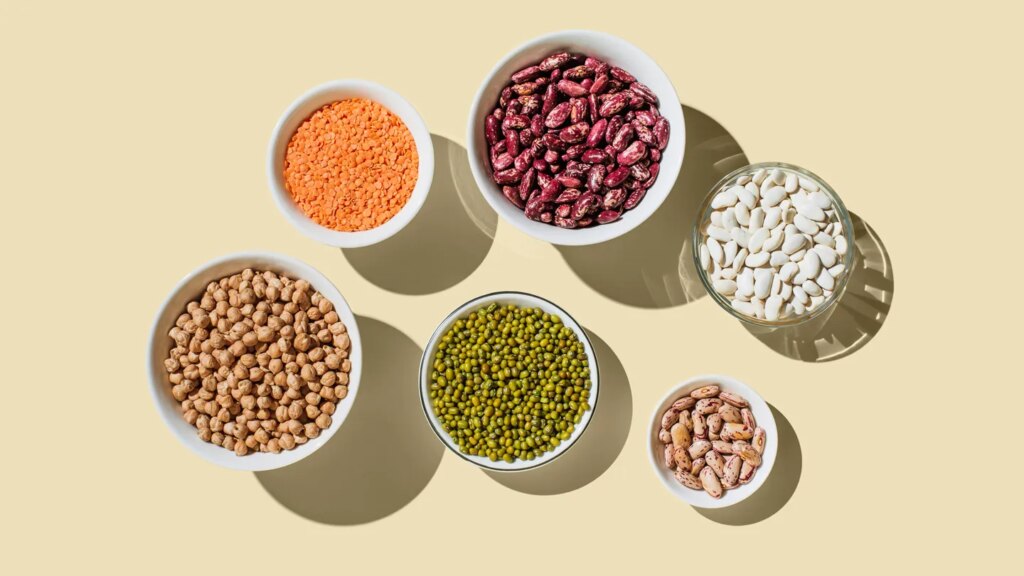If you want to increase your fiber intake, slow and steady is best. Start small and let your body adjust.
“Add in high-fiber foods gradually, while making sure to drink plenty of liquids and see how your body feels,” Menning says.
If you are adding too much too quickly, she says, you may notice symptoms such as:
- Abdominal pain
- Bloating
- Constipation
- Diarrhea
- Gas
Félix advises patients to increase fiber intake by 3 to 5 grams a day until you reach the daily target. Spread fiber evenly across meals and snacks for better tolerance. Staying hydrated with at least 1.5 to 2 liters of water daily, or six to eight glasses, is crucial, she adds.
Menning recommends building meals this way to balance the effect of fiber-rich carbs. Simple swaps such as lentil or chickpea pasta for white pasta, or whole fruit over juice, also help, in addition to adding chia or flaxseeds to yogurt.
“It’s always best to get nutrients from real foods, but when it cannot be obtained from food alone, a supplement may help,” Menning says.
Continue tracking changes to your blood sugar as well, and talk to your doctor if you notice large increases or decreases.

